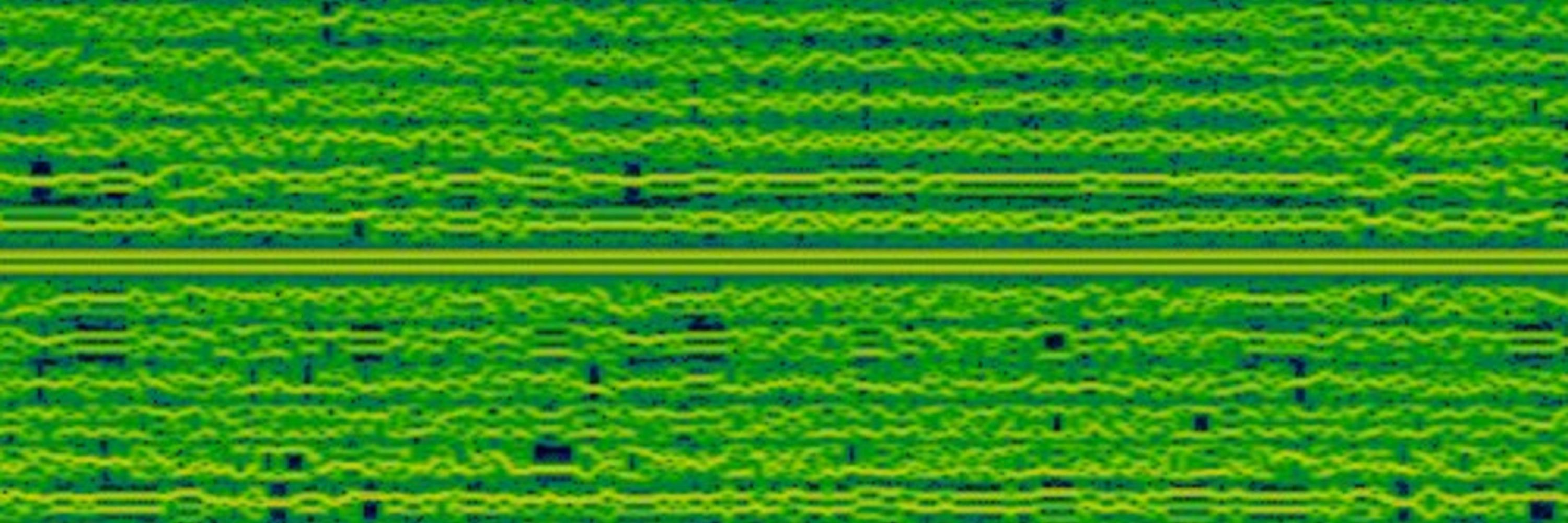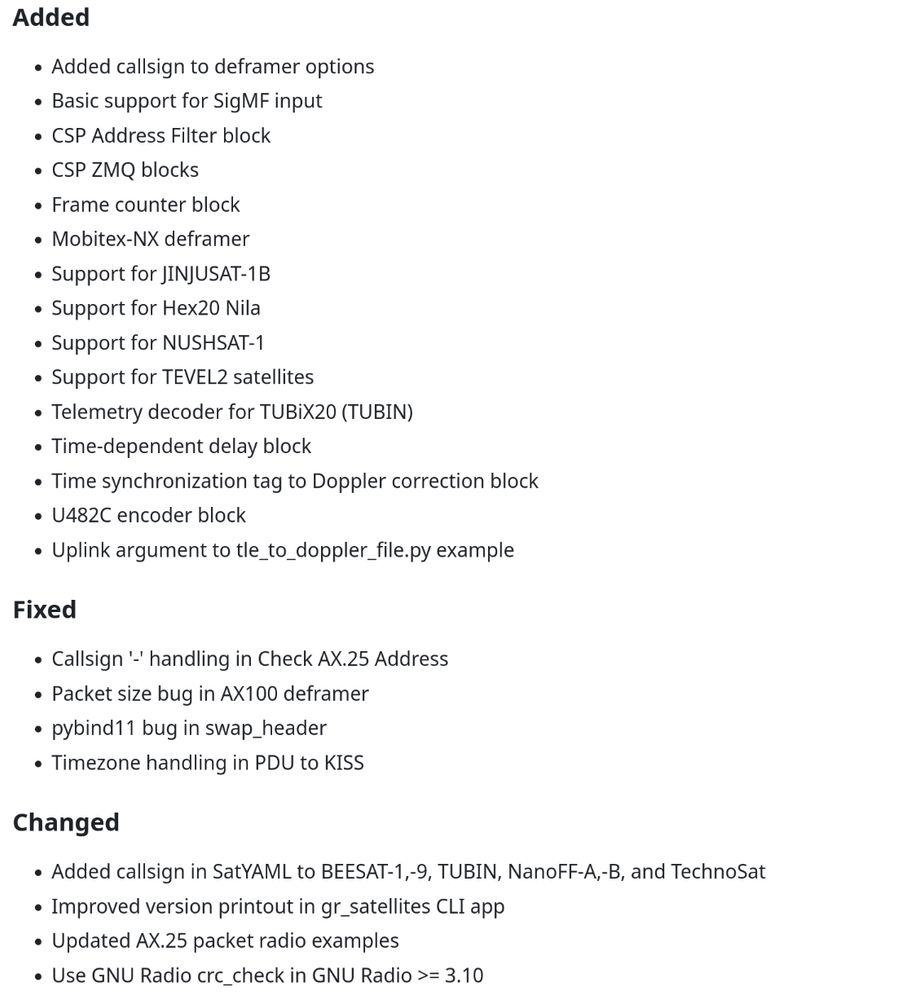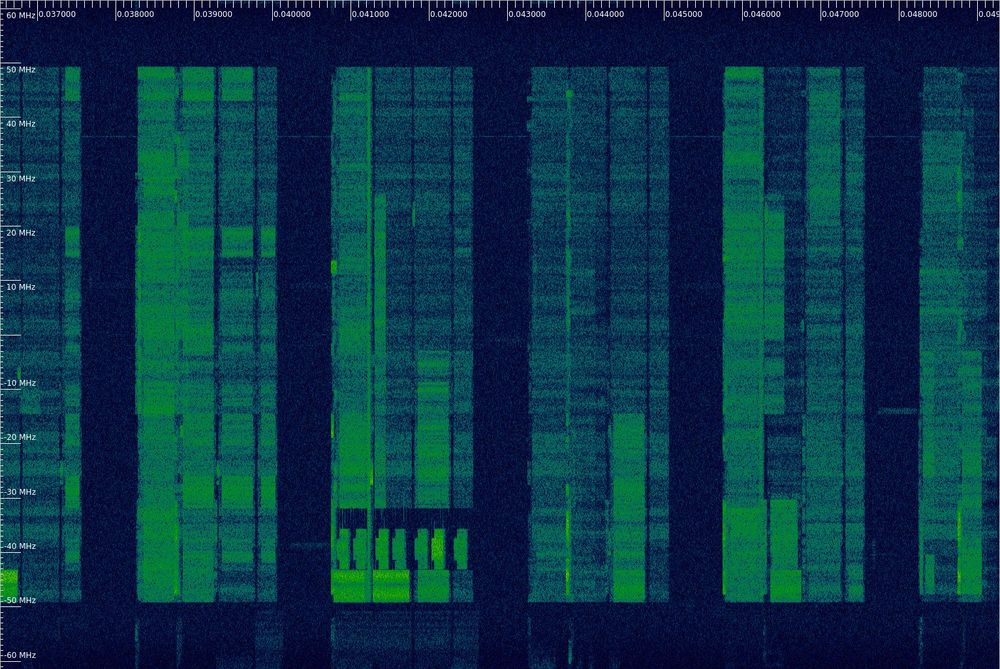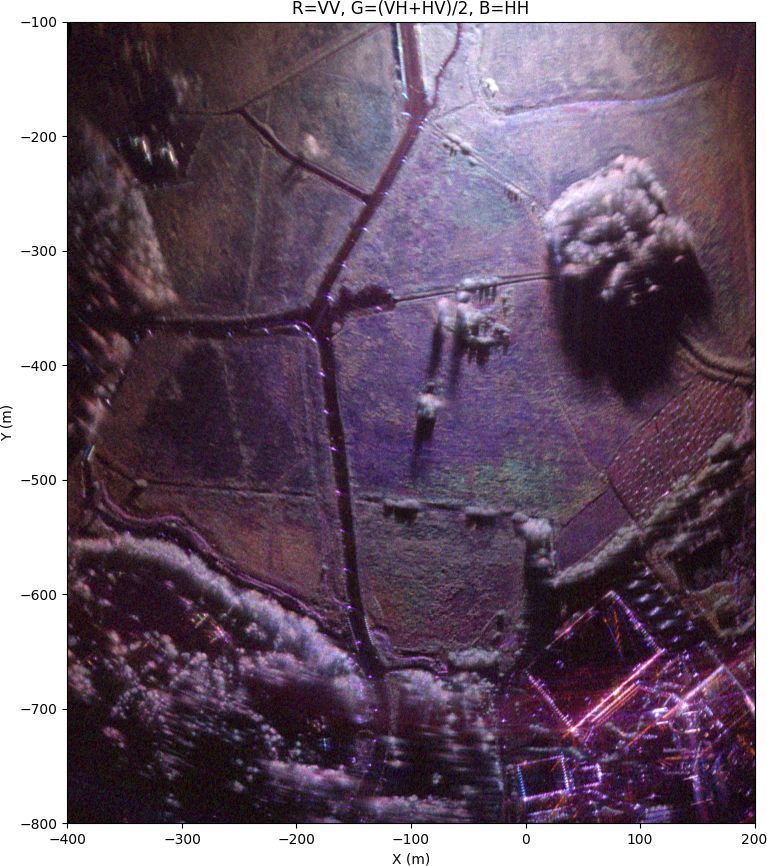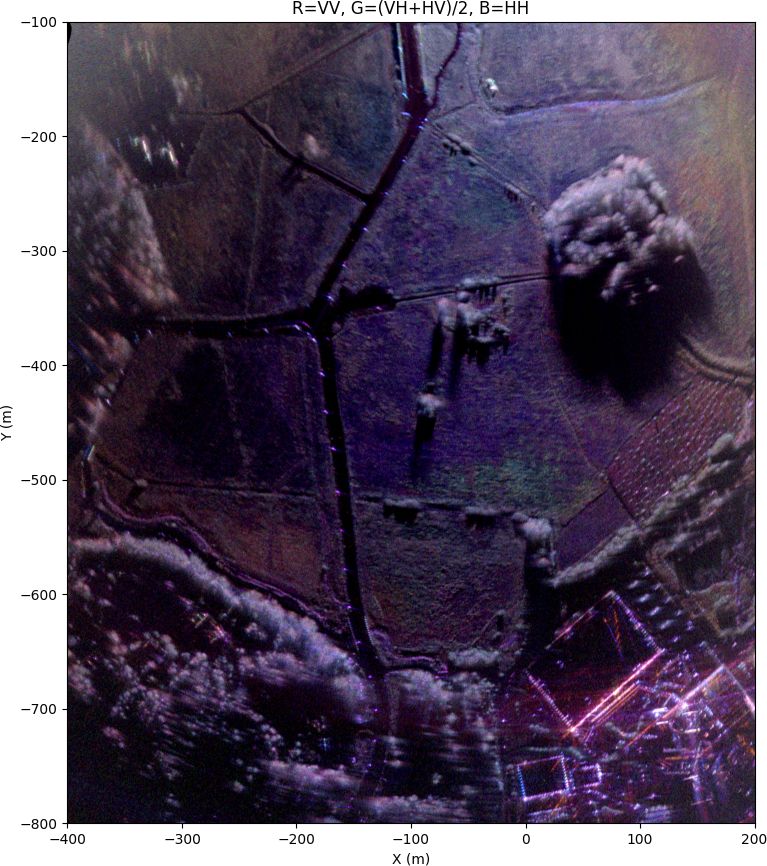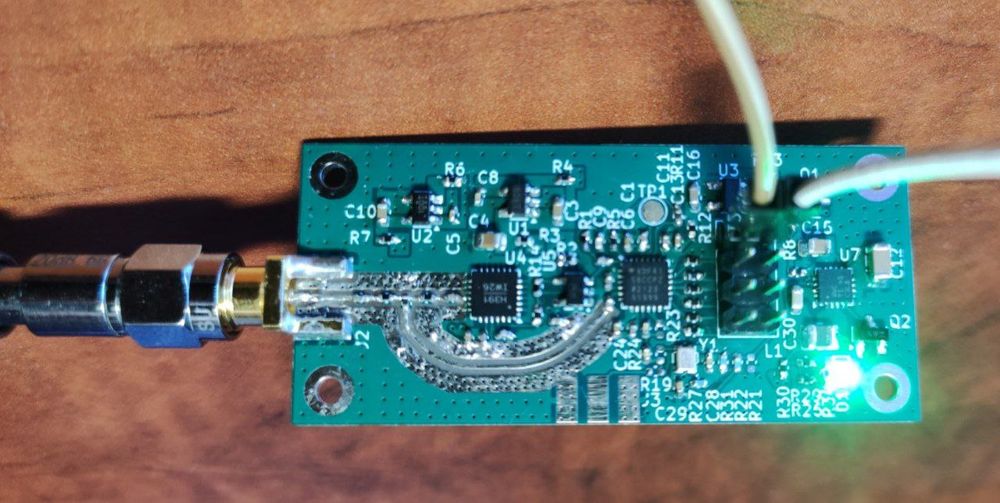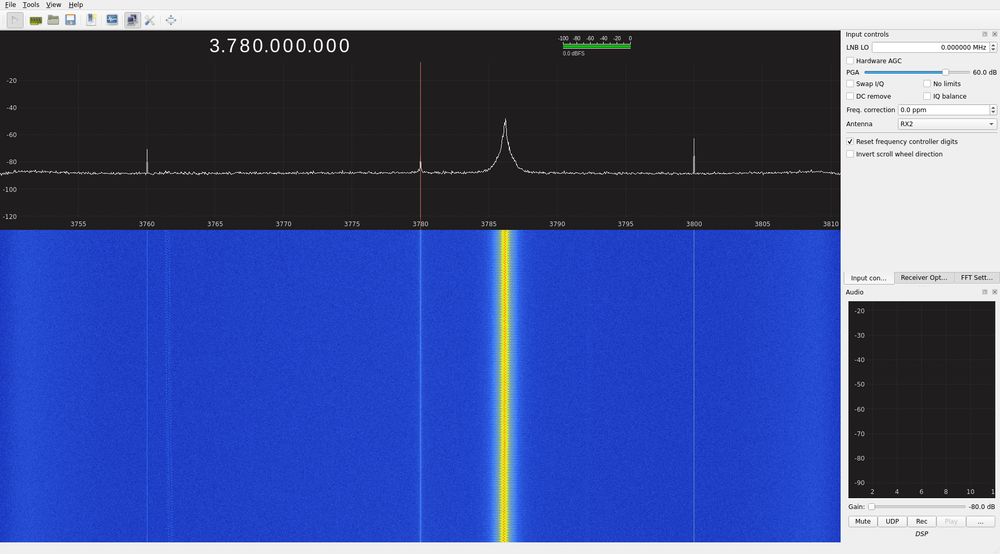Daniel Estévez
@destevez.net
630 followers
65 following
280 posts
Everything space & RF. Amateur radio operator (EA4GPZ / M0HXM). PhD in Mathematics from Univ. Autónoma de Madrid. he/him
Posts
Media
Videos
Starter Packs
Reposted by Daniel Estévez
Daniel Estévez
@destevez.net
· Aug 13
Daniel Estévez
@destevez.net
· Aug 9
Daniel Estévez
@destevez.net
· Jul 17
Reposted by Daniel Estévez
Daniel Estévez
@destevez.net
· Jul 12
